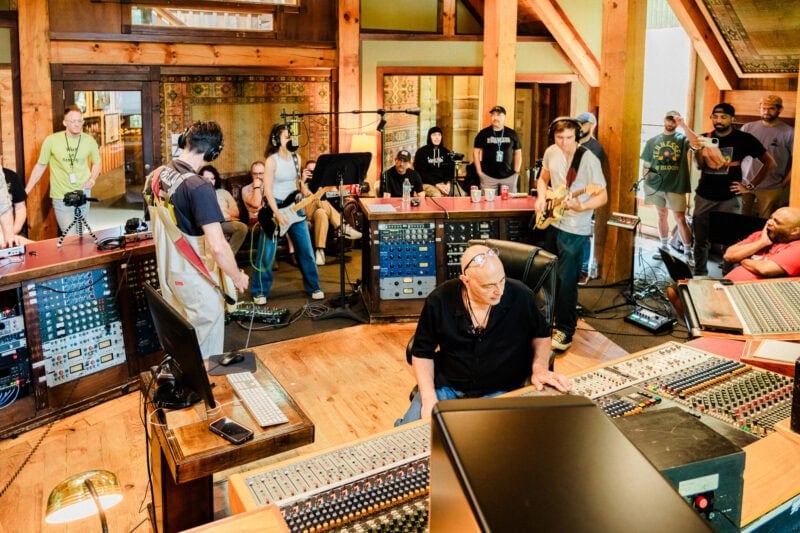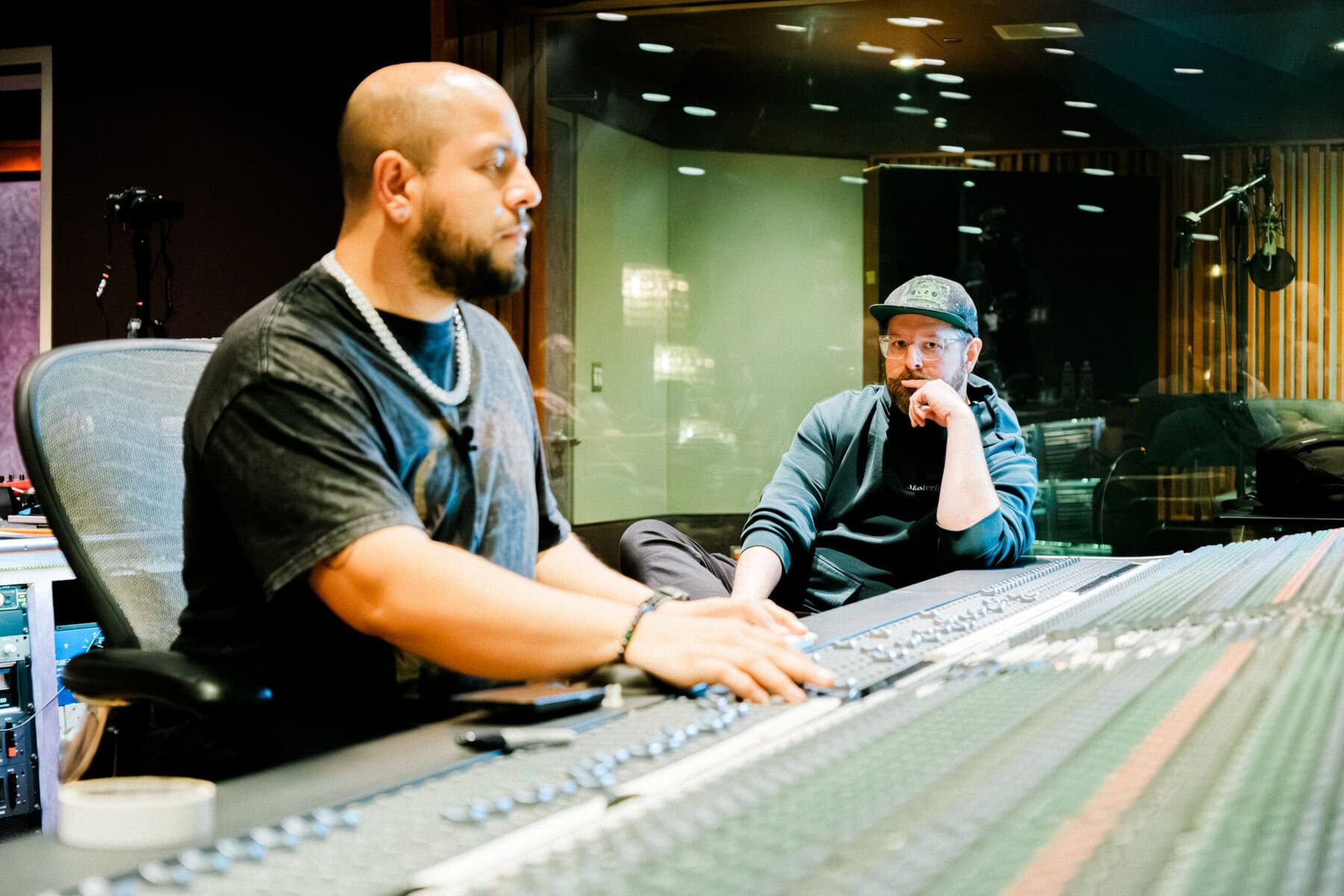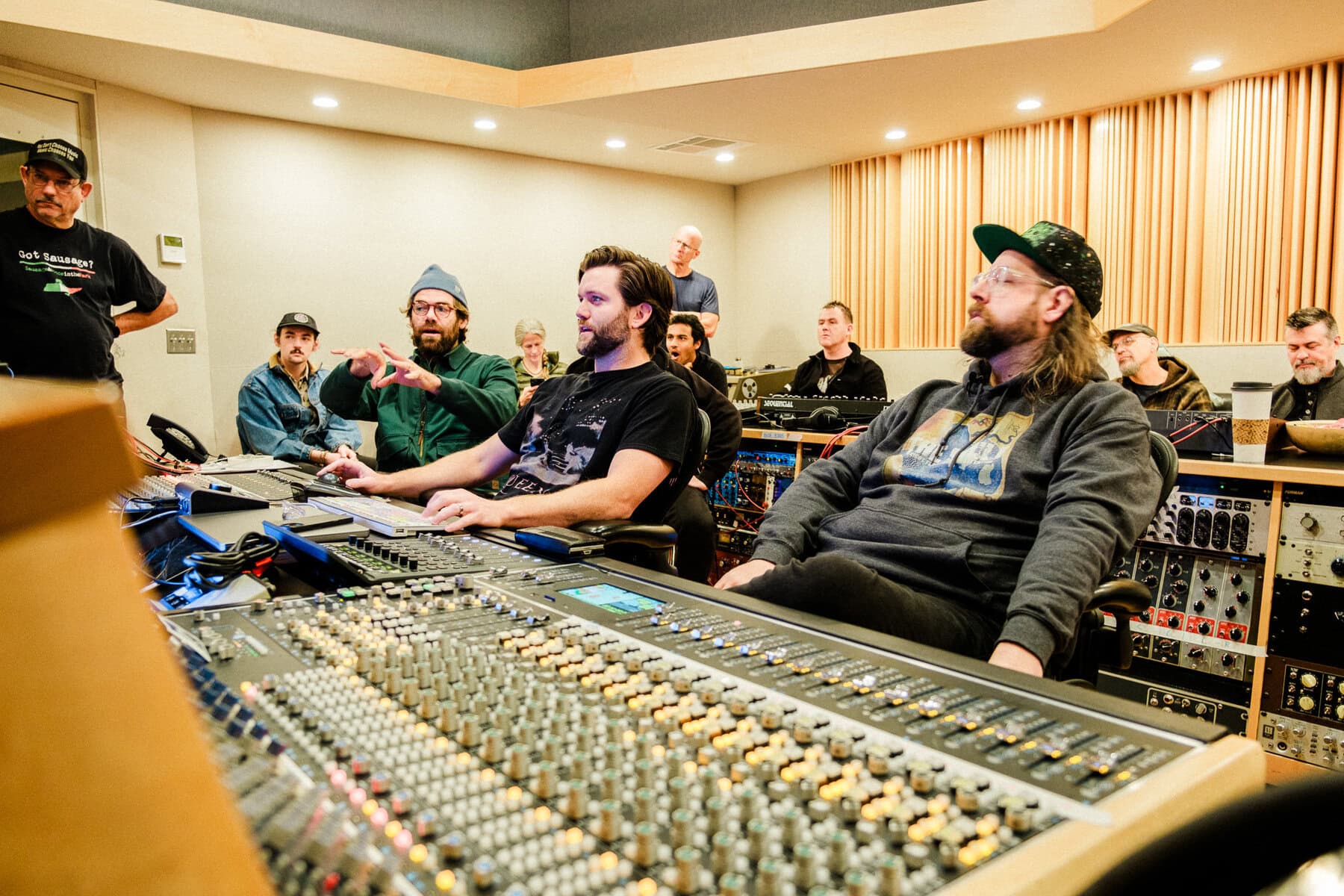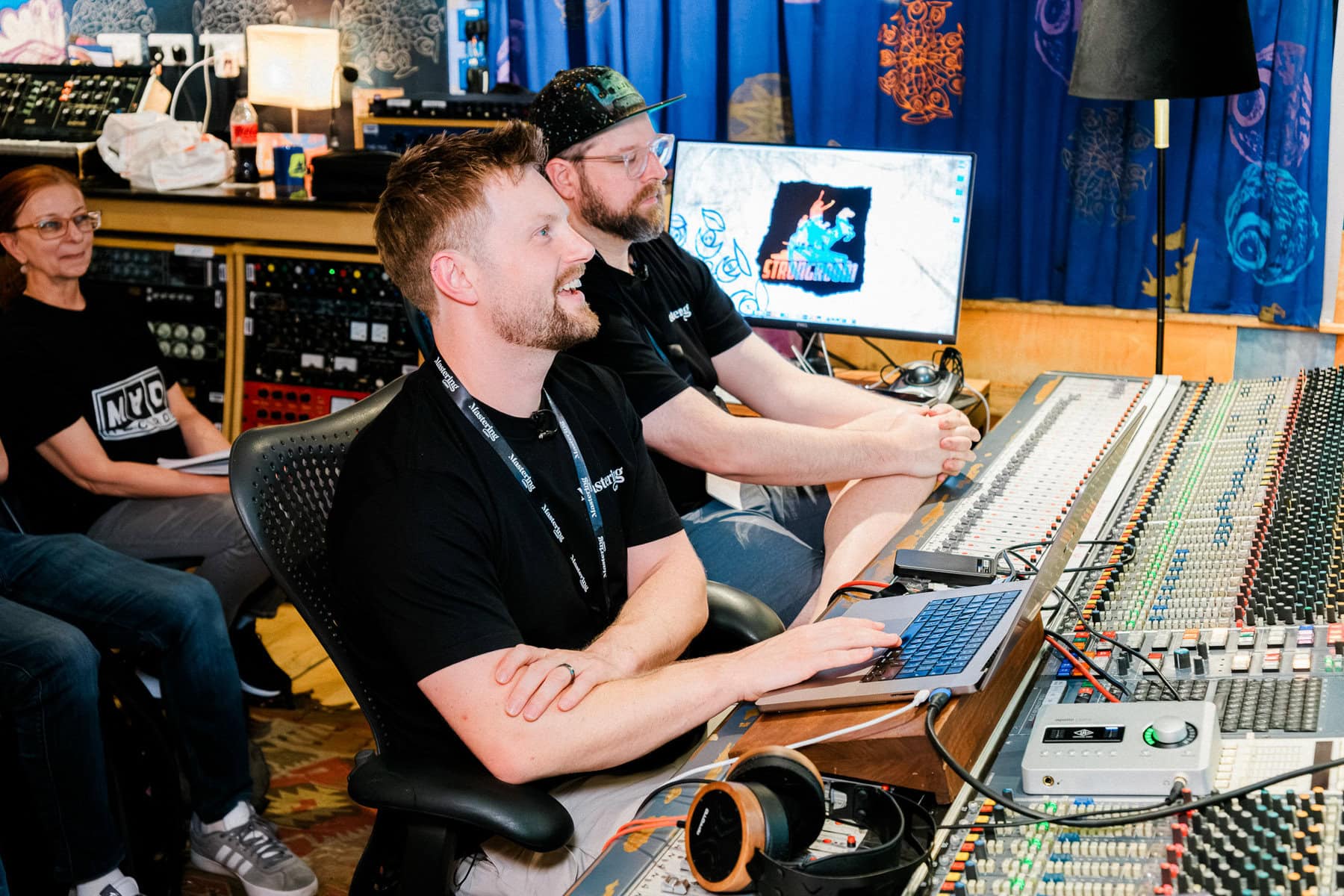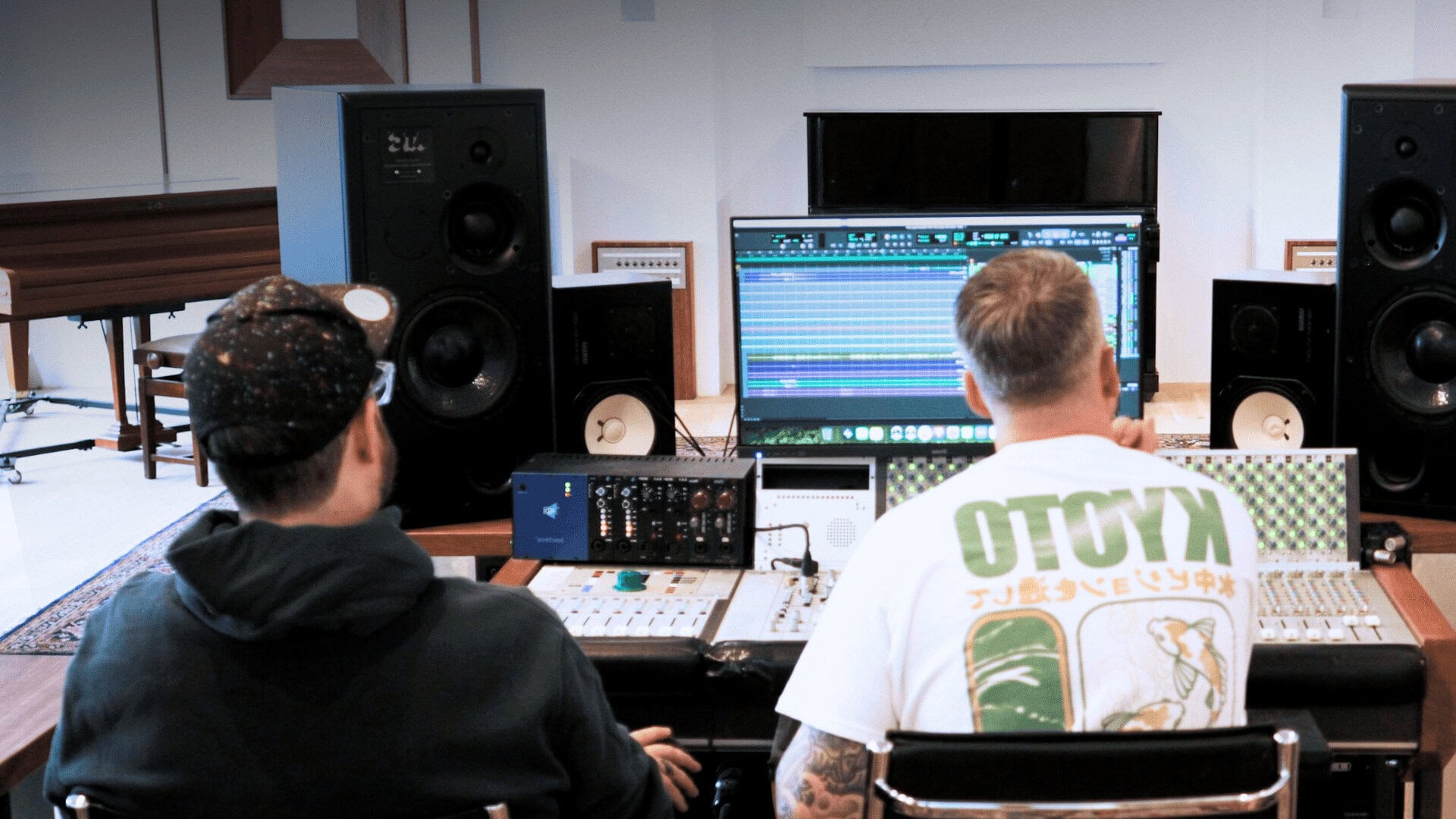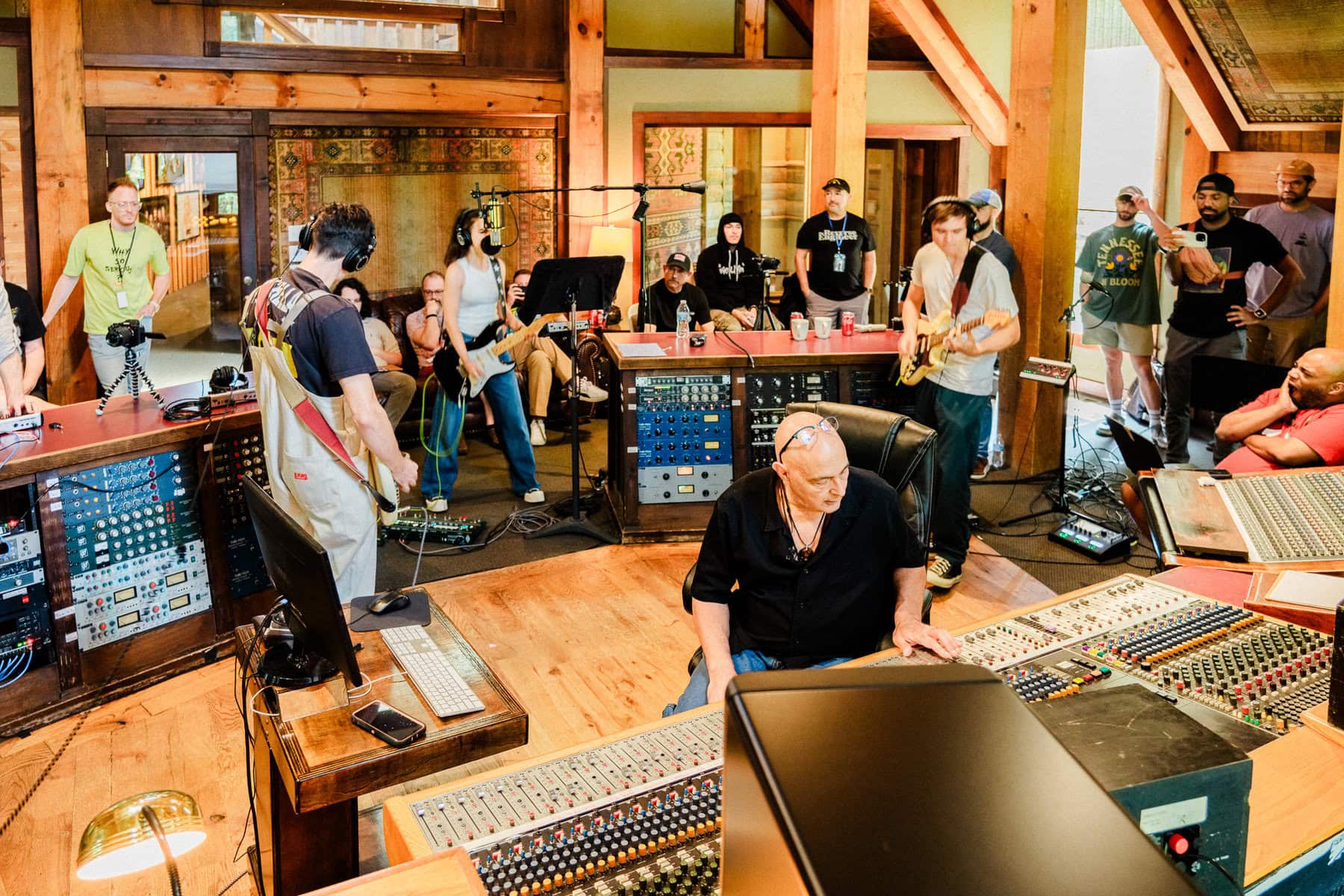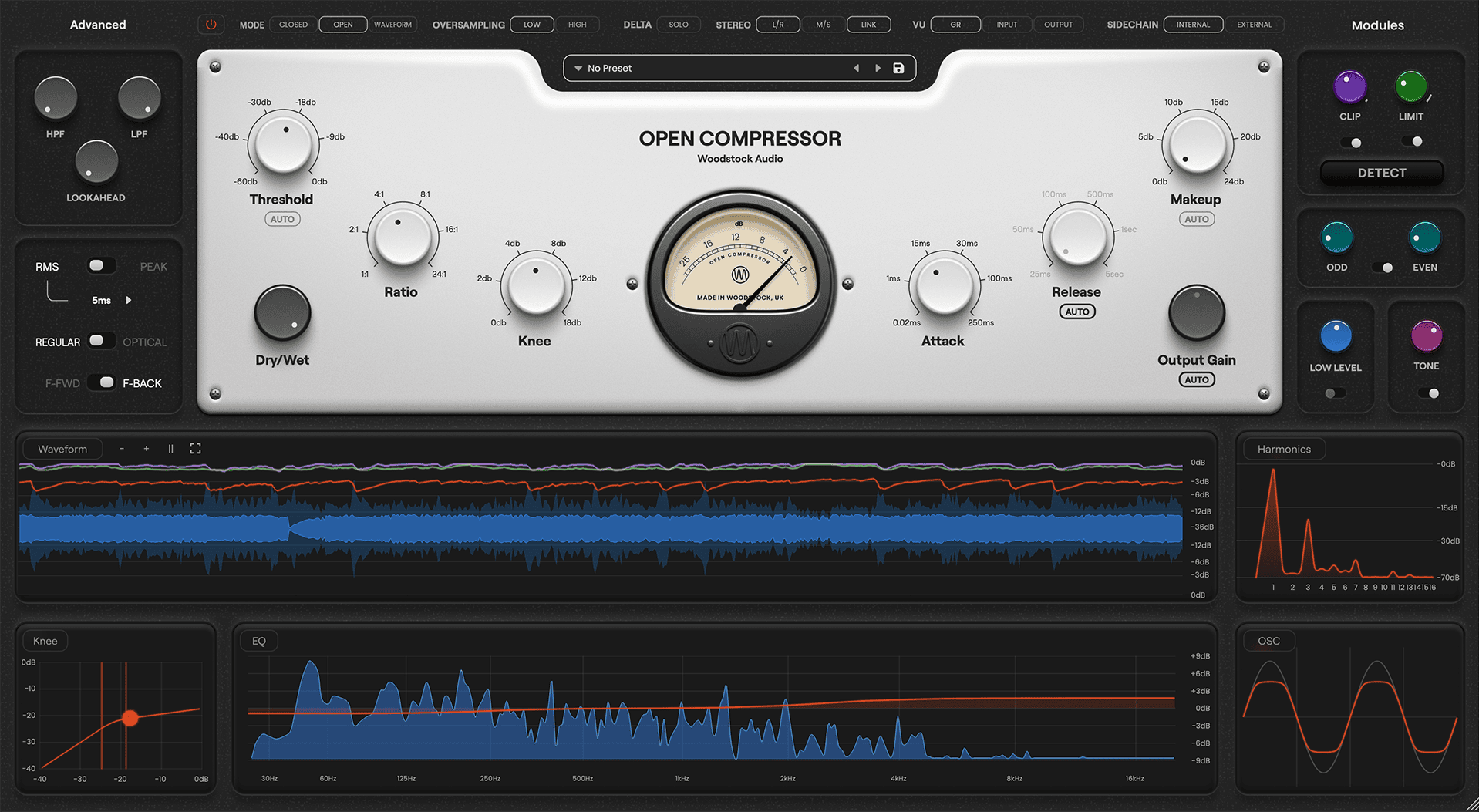Many producers think mixing starts once all the parts are recorded, but the truth is, your mix begins the moment you start arranging. If your song is overcrowded with instruments fighting for the same frequency range, no amount of EQ or compression will save it. A balanced, spacious arrangement sets the stage for an effortless mix.
Frequency Space vs. Instrument Count
Every instrument takes up space in the frequency spectrum. Stack too many sounds in the same area and you’ll end up with a muddy, undefined mix. Instead of reaching for the EQ, try reaching for the mute button. Ask: Does this part add something new? If not, the best mix move might be to delete it.
Assign Each Sound a Purpose
Think of your arrangement like a frequency puzzle. Kick and bass hold down the lows, vocals and snare dominate the mids, while hi-hats and shimmery textures add sparkle on the top. When each element serves a clear role, your mix will almost balance itself. This is why great mixes often come from simple, well-planned arrangements rather than dozens of competing layers.
Use Contrast and Dynamics
Space isn’t just about frequencies, it’s also about timing and energy. Give instruments room to breathe by alternating sections. For example, pull the bass out during a bridge, or strip percussion back before the pre-chorus. These moments of contrast make the full mix hit harder when everything returns.
Practical Example: The 4-Track Test
Here’s a simple trick: Mute everything except four key elements (like vocals, drums, bass, and one lead instrument). If your track still feels complete, you’re in a good place. Everything you add beyond that should enhance, not clutter.
Closing Takeaway
Arrangement is where clarity, depth, and groove truly begin. By thinking about frequency balance and space during the writing phase, you’ll save hours in the mix. The next step is to start the actual mixing process and implement Audio Gestalt Theory (recommended read!) to further build out this purposeful approach and end up with a more professional, powerful sound.
Until next time,
Rob

